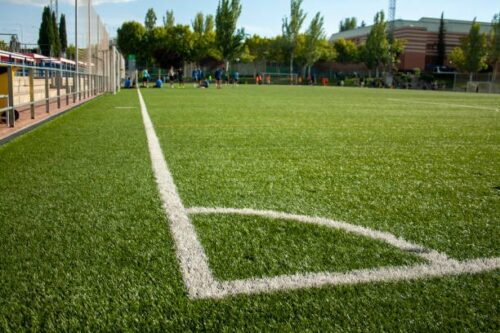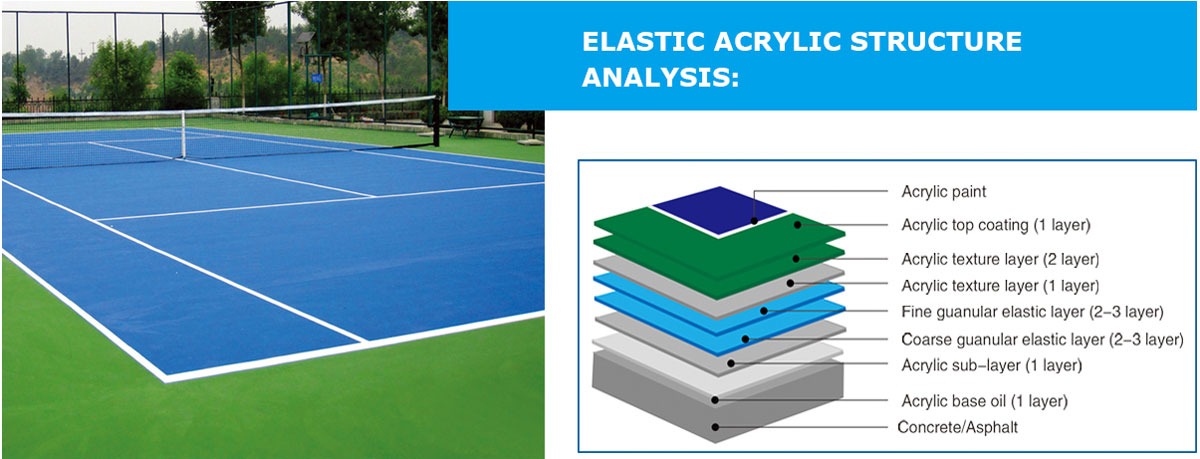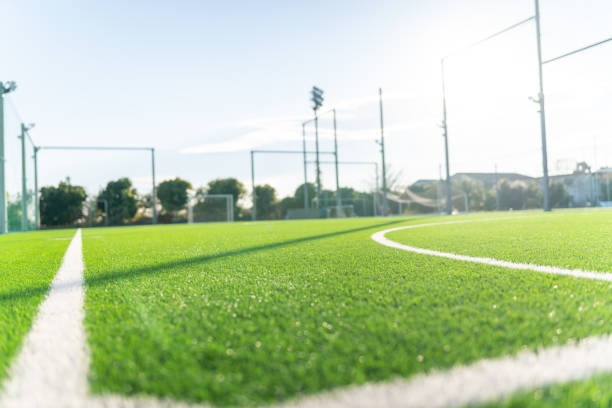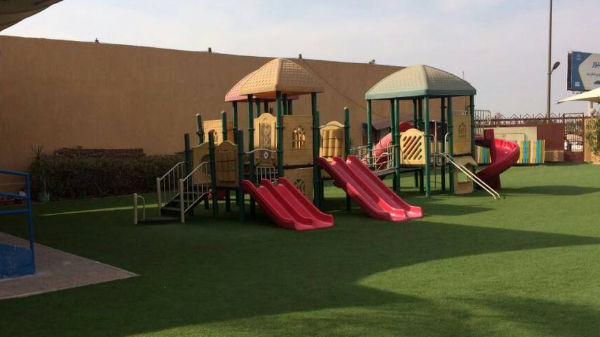
Artificial Turf
Artificial Turf: Advantages, Components, and Multiple Uses
Artificial turf is an innovative type of grass flooring, meticulously manufactured from advanced synthetic materials. This type of grass is characterized by its appearance, which closely mimics natural grass in both color and texture, making it an aesthetic and practical choice simultaneously. Artificial turf is used in a wide range of applications, starting from covering the floors of various sports fields to beautifying and greening gardens and diverse outdoor spaces.
Artificial Turf: Components, Uses, and Advantages:
The artificial turf system primarily consists of two main layers that work in harmony to achieve the desired performance:
The Bottom Layer: Foundation of Durability and Stability
The bottom layer represents the solid base for the installation of artificial turf. This layer is usually composed of a dense, high-quality polymer, designed to provide a strong and stable foundation for the grass. Additionally, this layer plays a vital role in firmly securing the artificial turf in place, ensuring its resistance to movement and wear. It also provides additional support for the synthetic fibers in the top layer.
The Top Layer (Yarns): Aesthetic Appearance and Touch Function
The top layer of artificial turf consists of specialized synthetic fibers made from materials such as polyethylene, polypropylene, or nylon. These fibers are characterized by their appearance, which closely resembles natural grass, and they are designed to provide the desired soft and comfortable texture. The types of synthetic fibers used in artificial turf vary in several aspects, including their length, density, and other physical properties. These factors directly affect the overall appearance of the artificial turf, its texture, and its functional properties such as wear resistance and the level of comfort during use.
Artificial Turf: Other Installation Components: Enhancing Performance and Durability
In addition to the two main layers, the installation process of artificial turf may include the use of other materials to enhance its performance and durability:
Silica Sand: For Stability and Slip Reduction
High-quality silica sand is added to artificial turf for several important reasons. Firstly, it contributes to increasing the weight and stability of the grass on the ground, preventing its movement or slippage. Secondly, silica sand helps reduce the risk of slipping on the surface of the artificial turf, making it safer to use, especially in sports fields.
Rubber Granules: For Comfort and Shock Absorption
Specially designed rubber granules are used in the installation of artificial turf with the primary goal of increasing the level of comfort while playing or walking on the surface. In addition, these granules work to absorb shocks resulting from movement, reducing the risk of injuries, especially in sports applications.
Artificial Turf: Components
Diverse Applications of Artificial Turf:
Artificial turf is characterized by the diversity of its uses, making it a preferred choice in many fields:
Sports Fields: The Ideal Choice for Outstanding and Safe Performance
Artificial turf is the most common and cost-effective option for covering the floors of a wide range of sports fields, including football, rugby, tennis, hockey, padel tennis, and golf. Artificial turf provides an even and stable playing surface, allowing players to practice sports safely, comfortably, and with high efficiency.
Gardens and Parks: Lasting Beauty and Ease of Care
Artificial turf can be ideally used in private and public gardens to provide a beautiful and permanent green space. It is an excellent choice for safe and clean children’s play areas or as a comfortable place to relax and enjoy outdoor spaces. One of the most important advantages of artificial turf in these applications is that it does not require regular mowing, expensive fertilization, or regular watering, saving time, effort, and resources.
Advantages of Artificial Turf: Remarkable Superiority Over Natural Grass
Artificial turf has a wide range of advantages that make it superior to natural grass in many aspects:
Low Maintenance: Saving Time, Effort, and Resources
Artificial turf has much lower maintenance requirements compared to natural grass. It does not require regular mowing, periodic fertilization, or continuous watering to maintain its appearance and function.
High Durability: Superior Resistance to Damage and Intensive Use
Artificial turf shows much higher resistance to damage from intensive use compared to natural grass. This feature makes it an ideal choice for sports fields that experience high pressure and continuous movement.
Comfort and Safety: Reducing the Risk of Injuries
Artificial turf provides a softer and more comfortable surface underfoot compared to rough natural grass. This can help reduce the likelihood of athletes’ injuries resulting from falls or friction.
Long-Term Cost-Effectiveness: An Effective Economic Investment
Although the initial cost of installing artificial turf may be higher than planting natural grass, it is considered a less expensive option in the long term due to the savings in ongoing maintenance costs such as mowing, watering, fertilization, and pesticides.
Artificial Turf: Components
The Future of Artificial Turf: Promising Growth and Continuous Development
The use of artificial turf is expected to continue to grow and expand in various applications in the coming years. This positive outlook is due to the many advantages offered by artificial turf, including its low maintenance, high durability, the level of comfort it provides, and its long-term cost-effectiveness. With continuous developments in manufacturing technologies, we expect to see further improvements in the quality, appearance, and performance of artificial turf in the future.



